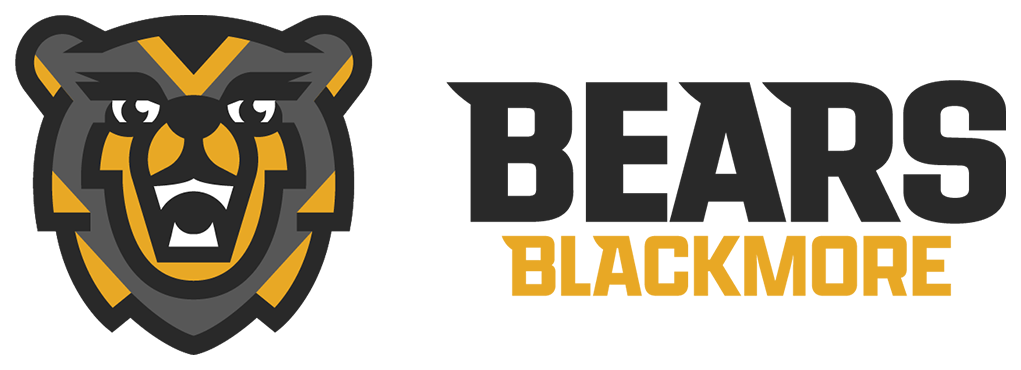Blackmore encourages families to participate in a One Book, One School activity each year. This year’s book was Little Owl Rescue by Rachel Delahaye. The main character in the book, Callie, finds herself with a barn owlet that needs help after its mother leaves it behind.
Students who read the book and answered the related questions were rewarded with a special presentation on December 11, thanks to Librarian Luana Lewis and grants from the Partners In Education (PIE) Foundation and South Central Kansas Libraries.
Bill Whinery who has volunteered with Operation Wildlife in Linwood, Kansas, for over 20 years brought two live barn owls to Blackmore and shared facts and information about barn owls. The female, NoNo, was two years old and the male, Gizmo, was 11 years old. In the wild, barn owls typically only live an average of four to five years.

Barn owls can be found on every continent except Antarctica. There are 17 sub species of barn owls around the world. The Western Barn Owl is the one most common in our area. They are considered endangered in Missouri and threatened in Kansas due to loss of nesting sites. They do not build actual nests, but like to lay their eggs inside the shelter of wooden structures. With fewer farms and more metal barns than wooden ones these days, there are not as many places for them to nest.
Western Barn Owls are the only barn owls with a heart-shaped face. They weigh roughly one pound and are considered one of nature’s best mousetraps. Their favorite meal is mice or voles, and they can catch 30-40 mice per night when they are trying to feed their babies.
They do not hunt in their own barn though, for fear of attracting predators to their nest. In the wild, a barn owl’s number one predator is the Great Horned Owl, but other predators include racoons and foxes. They do not migrate and cannot store body fat, so extreme cold also attributes to their relatively short life expectancy in the wild.
The curved disks in their face helps to capture sound and having the right ear hole higher than the left helps them determine which direction sound is coming from. They are silent in flight, and rely on sound to track their prey. The middle talons have barbs similar to fishing hooks that allow them to hang on to the critters they catch.

Barn owls lay an average of 4-7 eggs each spring, usually in the first part of April. The incubation cycle is only 30 days, and 30 days after they hatch, they are fully grown in size. At two weeks old, they can swallow a mouse whole. At eight weeks, they are ready for their first flight. At ten weeks, their parents are pushing them out of the nest and forcing them out of their territory.
Owls are considered raptors because they use their talons to catch prey, have hooked beaks, and they are carnivorous. In most raptor species, the females are significantly larger than the males, but their coloration is the same. Barn owls are unique because males and females are roughly the same size, and have differences in coloration on their chest. The males are solid white in the chest and face. The females have brown speckles on their chest and face.
Most raptors mate for life, so it is important to release them in the same area where they were found if they have to be taken in temporarily for rehabilitation. The animals Operation Wildlife uses for presentations are rescues that cannot be released back into the wild for some reason.

Gizmo was one of three owlets in a storage shed that was torn down. While his two siblings were able to be released, Gizmo had a damaged wing that would have prevented him from being able to hunt his own food, so he became a permanent resident with Operation Wildlife.
NoNo was taken from her nest and kept illegally. She imprinted on the human that took her, so never learned how to be a wild owl. She doesn’t even recognize other barn owls as her own species, so it is illegal to release her back into the wild.

Operation WildLife (OWL) was founded in 1989 to provide rehabilitation and veterinary services for injured and orphaned wild animals, and wildlife education for the citizens of northeast Kansas and northwest Missouri.
While they are licensed to rehabilitate and care for wild animals through the Kansas Department of Wildlife and Parks and the U.S. Fish and Wildlife Service, they are not funded by those entities and rely on donations and educational program fees to operate.
For more information about OWL, to make a donation, or learn how to volunteer, please visit their website: www.owl-online.org.

